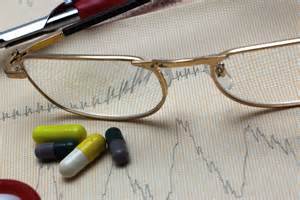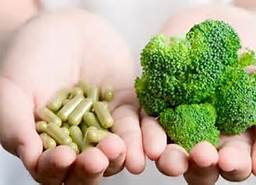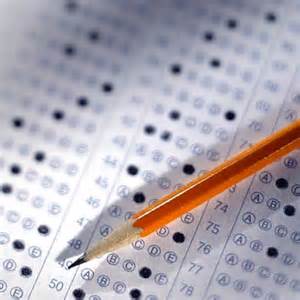The Kidneys and How They Work
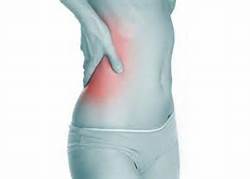
|
the cure of the whole.” Plato |
A kidney problem may never happen to you. Many people go through life without ever suffering a kidney problem. But anyone who has had to live with kidney stones, a chronic kidney infection, or kidney cancer knows how such conditions can impact your living.
Chronic kidney disease is a growing health problem in the United States. Approximately 26 million Americans have chronic kidney disease. The United States Renal Data Systems 2009 Annual Data Report determined that 15.1% of all adults above the age of 20 years have chronic kidney disease. Thus, 1 in 7 individuals has kidney disease. There were over 570,000 persons on dialysis or who had received kidney transplants in 2009.
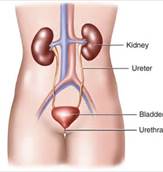 |
The kidneys are bean-shaped organs with brownish-red in color each about the size of a fist, located near the middle of the back, just below the rib cage. |
There's one on each side. They get their blood supply through the renal arteries directly from the aorta and send blood back to the heart via the renal veins to the vena cava. (The term "renal" is derived from the Latin name for kidney.)
The kidneys process about 200 liters of blood every day and produce about 2 liters of urine. Each kidney weighs about ¼ pound.
The nephrons are the heart and soul of the kidney. They are the functional filters that make everything work and there are approximately one million of them in each kidney. Considering that each kidney is about the size of a fist that should give you an idea of how small a nephron actually is. You are born with your total complement of nephrons. No new ones can ever be formed - ever. You can never regenerate lost capacity. It is true, however, that the loss of nephrons can compensated for without new ones being formed because the kidneys can redistribute workload, but again, only up to a point. For example, if you remove one kidney, the nephrons in the remaining kidney will increase their workload to make up the difference. That is why you can survive with just one kidney; that is why you can donate a kidney. But this ability to compensate is not infinite. There is a limit, and as you cross that limit through the plugging up of nephrons with kidney stones or the killing of nephrons from diabetes, you will start to get sicker and sicker as you progressively lose kidney function. Therefore, it is vital that you keep as much kidney function as possible as you age and that you maximize the ability of nephrons to perform at peak levels for as long as possible.
Each nephron is made of a glomerulus and a tubule. The glomerulus is a miniature filtering or sieving device while the tubule is a tiny tube like structure attached to the glomerulus. In non-technical terms, a nephron consists of the blood vessels that carry blood into and out of the nephron, a ball where the primary filtering takes place, and a series of tubules and ducts that both finish the filtering and then reverse direction and pump important bio-chemicals back into the bloodstream to achieve homeostasis.
The main function of the kidneys is to remove waste products and excess water from the blood. The waste products are generated from normal metabolic processes including the breakdown of active tissues, ingested foods, and other substances. The kidneys allow consumption of a variety of foods, drugs, vitamins and supplements, additives, and excess fluids without worry that toxic by-products will build up to harmful levels. When blood flows to the kidney, sensors within the kidney decide how much water to excrete as urine, along with what concentration of electrolytes. For example, if a person is dehydrated from exercise or from an illness, the kidneys will hold onto as much water as possible and the urine becomes very concentrated. When adequate water is present in the body, the urine is much more dilute, and the urine becomes clear. This system is controlled by renin, a hormone produced in the kidney that is part of the fluid and blood pressure regulation systems of the body.
 |
As the first step in filtration, blood is delivered into the glomeruli by microscopic leaky blood vessels called capillaries. |
Here, blood is filtered of waste products and fluid while red blood cells, proteins, and large molecules are retained in the capillaries. In addition to wastes, some useful substances are also filtered out. The filtrate collects in a sac called Bowman's capsule.
The tubules are the next step in the filtration process. The tubules are lined with highly functional cells which process the filtrate, reabsorbing water and chemicals useful to the body while secreting some additional waste products into the tubule.
The kidneys are connected to the urinary bladder by tubes called ureters. Urine is stored in the urinary bladder until the bladder is emptied by urinating. The bladder is connected to the outside of the body by another tube like structure called the urethra. The substances the kidneys remove includes the breakdown products of harmful compounds that get into our bodies one way or another. The waste and extra water become urine. The flow of urine is important function of our bodies as toxins are released through the urine. Our bodies need to empty themselves of waste and excess fluids or they can build up inside of us. When the kidneys are not functioning effectively, urine flow can be affected and toxins can remain in our bodies instead of being excreted.
- Removing waste by-products from the blood after digestion, muscle activity, and exposure to chemicals or medications and make urine
- Maintaining a balance of water and concentration of minerals, such as sodium, potassium, and phosphorus, in your blood
- Producing certain hormones related to keeping bones strong and healthy, and helping with the creation of certain red blood cells. When it fails to perform these functions, a kidney problem arises.
- Calcitriol, active form of vitamin D, which regulates absorption of calcium and phosphorus from foods, promoting formation of strong bone.
- Erythropoietin (EPO), which stimulates the bone marrow to produce red blood cells. Special cells in the kidney monitor the oxygen concentration in blood. If oxygen levels fall, erythropoietin levels rise and the body starts to manufacture more red blood cells.
- Renin, which regulates blood volume and blood pressure.
Two healthy kidneys give us more renal function than we need. Some people are born with only one kidney and lead normal, healthy lives, as do the many people who donate kidneys to relatives or friends.




